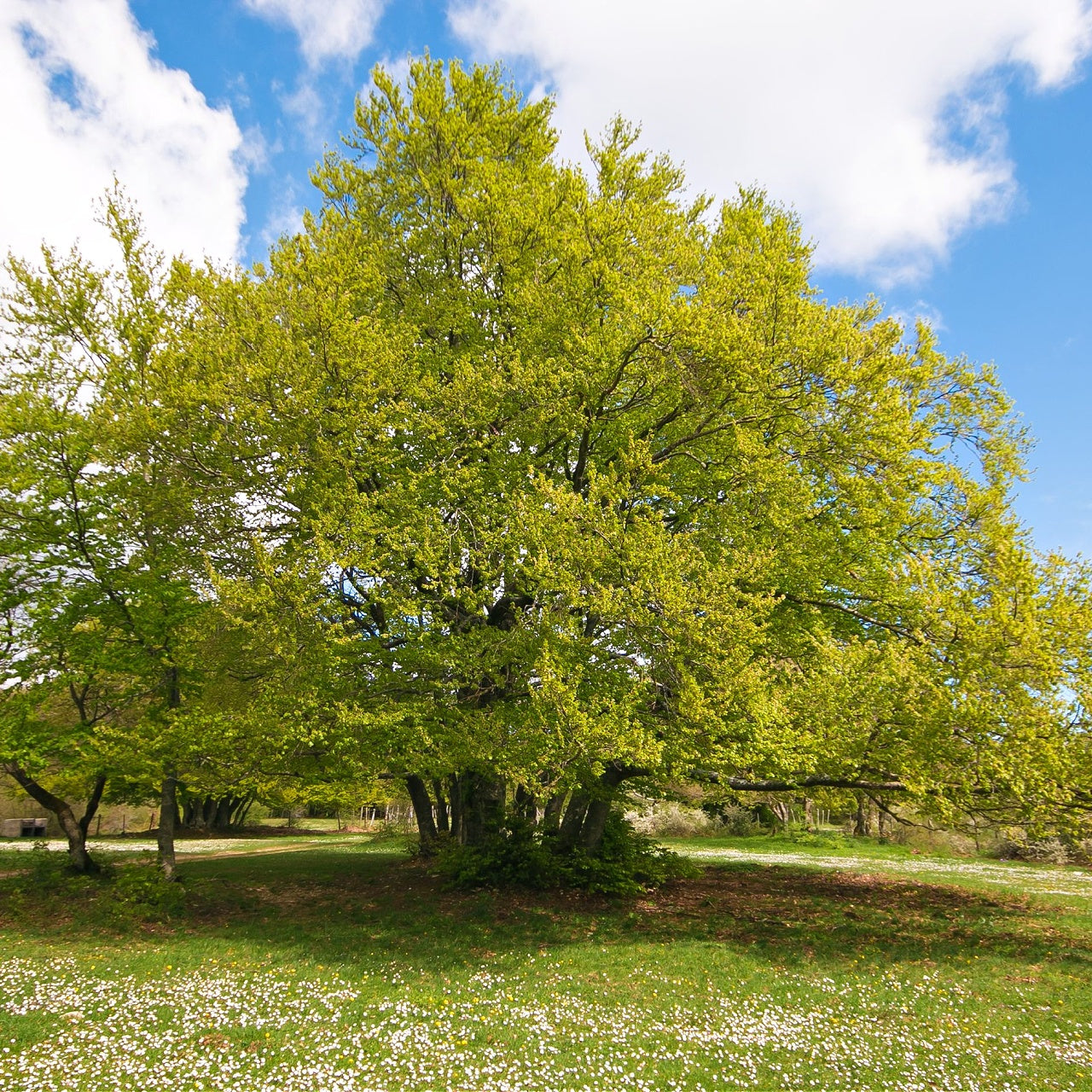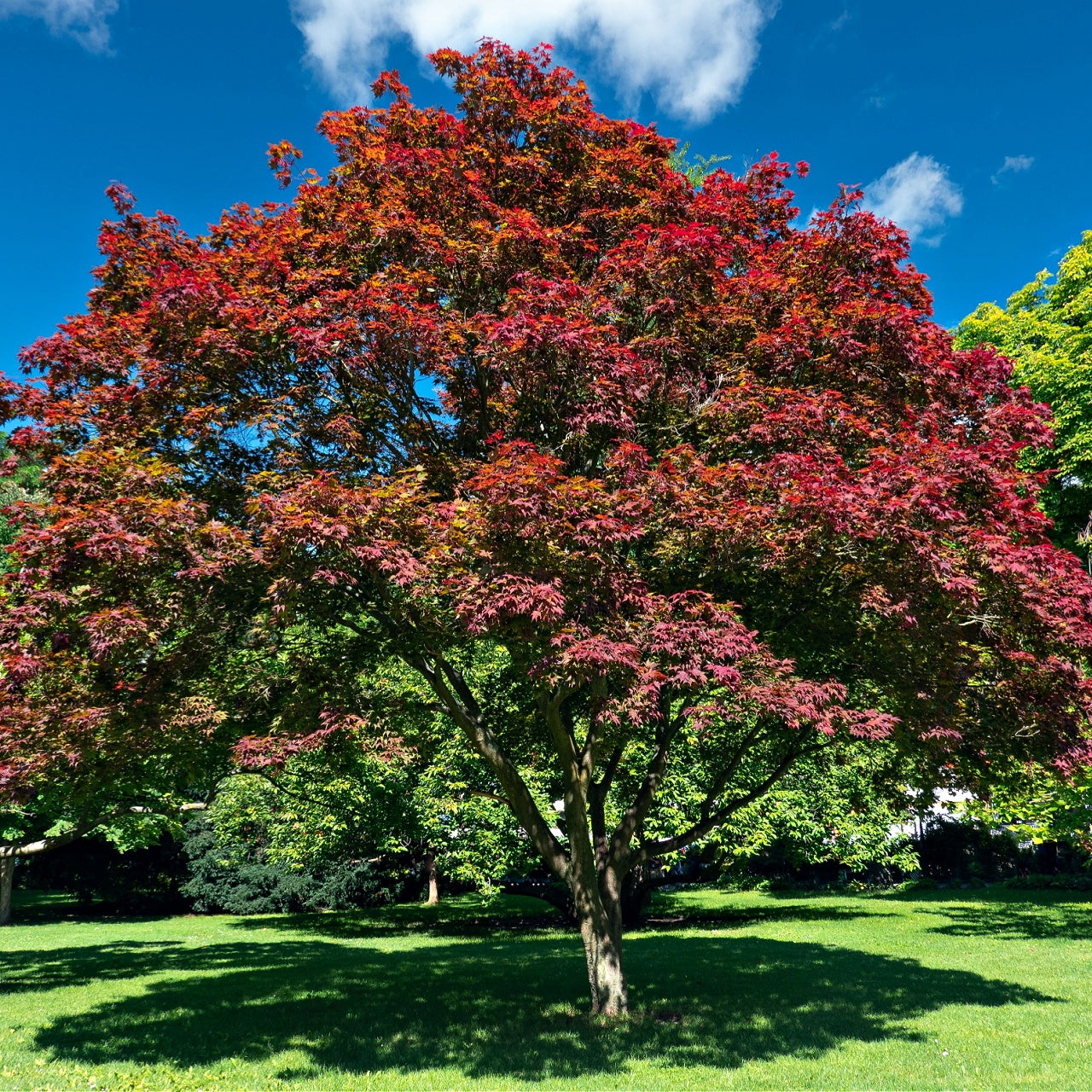
Native Ferns Are Bio-Indicators and Removes Airborne Toxins
Native Ferns Are Bio-Indicators and Removes Airborne Toxins
Fern Plant Benefits
Hey there! Have you ever heard of bio-indicators? They’re organisms that can tell us a lot about the health of an ecosystem. And did you know those native ferns are particularly good at this job? They are beautiful and fascinating and can also provide valuable information about the environment around us.
But that’s not all – native ferns have another exceptional talent. They’re great at removing airborne toxins from the air. This is incredibly important in a world where air pollution is a growing concern. Some studies have shown that ferns can remove pollutants like formaldehyde, benzene, and toluene from the air.
In addition to their practical benefits, they’re also a lovely addition to any space. So why not bring a bit of nature indoors with a beautiful native fern like the Boston fern, known for its lush foliage, air-purifying qualities, and ability to increase indoor humidity while reducing stress and anxiety?
Introduction to Native Ferns As Bio-Indicators and Indoor Air Quality Improvers
Native ferns are excellent bio-indicators as they can absorb and remove a wide range of airborne toxins from the environment. These ferns can use photosynthesis to break down pollutants into harmless compounds and absorb the toxins, thus providing significant health benefits by cleansing the atmosphere. In addition, ferns also help to improve air quality, as they release oxygen and reduce carbon dioxide. Furthermore, native ferns are also beneficial for soil health, as they help to add nutrients to the ground and improve water retention. Thus, native ferns play an essential role in maintaining a healthy environment.
Environmental Benefits
Native ferns are valuable in multiple ways. They are aesthetically pleasing and can provide invaluable environmental benefits. In particular, they can reduce air pollution by removing airborne toxins from the air. This is especially important in cities where air pollution is a significant problem. Additionally, their extensive root systems help to prevent soil erosion, making them valuable for maintaining soil health in various environments.
Pollutant Absorber
Native ferns can absorb pollutants from the air in two ways. Firstly, they absorb pollutants directly via their leaves. Boston ferns, in particular, are known for their ability to absorb pollutants directly via their leaves, making them highly effective in improving indoor air quality. As the contaminants enter their leaves, they are metabolized. The second way is via adsorption. Here, the impurities are adsorbed onto the leaf’s surface and then taken into the plant.
Native ferns can remove various pollutants from the air, including volatile organic compounds, emissions from burning fossil fuels, and other industrial pollutants. The ferns’ leaves, roots, and stems purify the air.
Rich History of Native Ferns
Native ferns have a rich history, with cultural significance and myths surrounding them across various cultures. They are an essential part of any landscape, providing aesthetic beauty as well as environmental benefits. We must contribute our fair share to ensure native ferns are planted in our gardens and public spaces. This will help ensure that we can enjoy the benefits of native ferns for many years.
Yes, native ferns are considered bio-indicators and have long been used to remove airborne toxins. Studies have shown that native ferns can absorb various airborne contaminants, including heavy metals and volatile organic compounds. Their ability to withstand and remove these toxins from the air helps to keep the environment healthy.
Types of Native Ferns
Evergreen Ferns
Evergreen ferns are a delightful addition to any garden or indoor space, offering lush green foliage throughout the year. These ferns are visually appealing and incredibly resilient, making them a favorite among gardeners. Some popular species of evergreen ferns include the Christmas fern (Polystichum acrostichoides), the Cinnamon fern (Osmundastrum cinnamomeum), and the Royal fern (Osmunda regalis). The Christmas fern is known for its festive appearance, while the Cinnamon fern stands out with its cinnamon-colored fronds. The Royal fern, with its majestic and dense foliage, adds a touch of elegance to any setting. These evergreen ferns thrive in various environments, making them an excellent choice for novice and experienced gardeners.
Other Native Fern Species
Beyond evergreen ferns, numerous other native fern species can enhance the beauty and diversity of your garden or indoor space. The Ostrich fern (Matteuccia struthiopteris) is renowned for its tall, feathery fronds that resemble ostrich plumes. The Lady Fern (Athyrium filix-femina) is celebrated for its delicate, lacy appearance, adding a touch of grace to any plant collection. The Maidenhair fern (Adiantum pedatum) captivates with its unique, fan-shaped fronds and fine texture. Each of these fern species brings its charm and character, allowing you to create various looks and styles in your garden or home.
Native Ferns Are Bio-Indicators and Remove Airborne Toxins
Native ferns are an excellent choice for bio-indicators and air purification. They are highly efficient at capturing airborne toxins and pollutants, making them an ideal choice for areas with high levels of air pollution. Native ferns also help stabilize soil and reduce erosion, creating an environment beneficial to other plants. Fiddlehead ferns, also known as Ostrich Ferns, are particularly effective in stabilizing soil with their unique crown-forming and colony-forming characteristics. In addition, ferns are low-maintenance, easy to grow, and can create attractive landscaping in any yard or garden.
Native ferns are excellent bio-indicators and air purifiers. They can absorb airborne toxins from the Atmosphere, helping to improve air quality. Ferns are perfect ground cover plants, preventing soil erosion and providing beneficial insect habitats. Their dense foliage also helps to reduce noise pollution. Lastly, ferns are aesthetically pleasing and can add color and texture to any landscape.
The benefits of native ferns surpass their ability to act as air purifiers. They also provide food and habitat for various insects, birds, and other animals, helping to create healthy and diverse ecosystems. Native ferns also play an essential role in soil erosion control. Their deep root systems help to bind the soil and prevent it from being washed away by heavy rains.
Benefits of Native Ferns as Bio-Indicators, Airborne Toxin Removers, and Providers of Lush Green Foliage
Native ferns are also able to remove airborne toxins from the environment. They can absorb various particles, including nitrogen oxides, sulfur dioxide, and ozone. They can help reduce air pollution and improve air quality. Boston ferns are particularly effective in absorbing various particles, including nitrogen oxides, sulfur dioxide, and ozone, making them valuable to any air pollution reduction strategy.
In conclusion, native ferns are a valuable resource for improving air quality. They are reliable indicators and powerful absorbers of airborne toxins, making them essential to any air pollution reduction strategy.
Absorbing Toxins
Native ferns have been proven to be effective bio-indicators and airborne toxin absorbers. This means they can be used to identify a wide range of pollutants and their concentrations in the air. They can also reduce the number of toxins in the air by absorbing them. In conclusion, native ferns are effective bio-indicators and airborne toxin absorbers and can reduce the number of toxins in the air. The health benefits of having native ferns in your environment include improved air quality and reduced stress levels.
Removing Toxins From the Environment
Native ferns are also beneficial, providing food and shelter for birds and other wildlife or even being used to decorate gardens and yards. In conclusion, native ferns are an essential part of the global ecosystem and offer several benefits, including their role as bio-indicators and ability to absorb and remove airborne toxins. Planting native ferns is an effective way to reduce air pollution and help improve the quality of the environment. Additionally, native ferns help to prevent soil erosion with their extensive root systems, contributing to a healthier and more stable environment.
Airborne Toxin Removers
Native ferns are known to absorb and neutralize airborne toxins such as sulfur dioxide, ammonia, and nitrogen dioxide, making them an effective way to reduce pollution in the air. This plant can help reduce the negative health impacts caused by these toxins. The health benefits of reducing airborne toxins include improved respiratory health and overall well-being.
Native Ferns as Bio-Indicators
Native ferns are a reliable indicator of air quality. They can detect and absorb airborne toxins, accurately indicating air quality. They have a large surface area and can capture various particles. Furthermore, they can remove pollutants from the air, making them an essential tool for detecting and cleaning the environment. The rich history of native ferns as bio-indicators dates back to ancient times when they were used to gauge environmental health.
Enhancing Healthy Environment by Preventing Soil Erosion
Native ferns are an essential part of the natural environment. They provide crucial habitats for wildlife and have the unique ability to remove airborne toxins, making them a necessary bio-indicator of environmental health. By planting native ferns, gardeners can enhance their environment while contributing to a cleaner and healthier world. Native ferns are a great way to beautify gardens, reduce air pollution, and promote biodiversity. The Boston fern is particularly effective in enhancing indoor environments by increasing humidity and reducing stress levels.
Native ferns are truly remarkable plants that serve a dual purpose as bio-indicators and air purifiers. Their ability to provide us with information about the health of our environment and remove airborne toxins is invaluable. With the growing concern about air pollution and its effects on our health, it’s vital to explore natural solutions like native ferns.
So whether you’re a nature lover, a health enthusiast, or just someone looking to add a bit of green to your surroundings, consider bringing a native fern into your home or workspace. Not only will you give your decor a beautiful touch, but you’ll also be benefiting from their practical abilities. Native ferns are a wonder of nature, and we should cherish and protect them.
Care and Maintenance
Native ferns are relatively low-maintenance plants that can thrive in various environments and conditions. Here are a few tips for caring for your native ferns:
-
Lighting: Most native ferns prefer bright, indirect light, but some species can tolerate full sun or shade. Understanding your fern species' specific light requirements is essential to ensure optimal growth.
-
Watering: Native ferns prefer moist soil but can tolerate some drought. Ensure to water your ferns regularly, but avoid overwatering, which can lead to root rot. Consistent moisture is key to maintaining their lush foliage.
-
Soil: Native ferns thrive in rich, well-draining soil high in organic matter. Adding compost or leaf mold can improve soil health and provide the necessary nutrients for your ferns.
-
Fertilization: Feed your native ferns a balanced fertilizer during the growing season to promote healthy growth and development. Be cautious not to over-fertilize, as this can harm the plants.
-
Pruning: Prune your native ferns regularly to maintain their shape and promote healthy growth. Removing dead or damaged fronds will encourage new growth and keep your ferns looking their best.
Following these care and maintenance tips can help your native ferns thrive and enjoy their beauty and benefits for years. Whether you want to improve indoor air quality or add a touch of nature to your surroundings, native ferns are a versatile and rewarding choice.
Conclusion
Native ferns are beautiful plants that enhance the aesthetic appeal of indoor spaces. They also serve as bio-indicators, signaling environmental changes and removing airborne toxins. Incorporating native ferns into your home or office is a simple yet effective way to improve air quality and promote a healthy environment. With their natural beauty and environmental benefits, native ferns are a perfect addition to any space. Boston ferns, with their lush foliage and air-purifying qualities, are an excellent choice for anyone looking to improve their indoor air quality and overall well-being.






